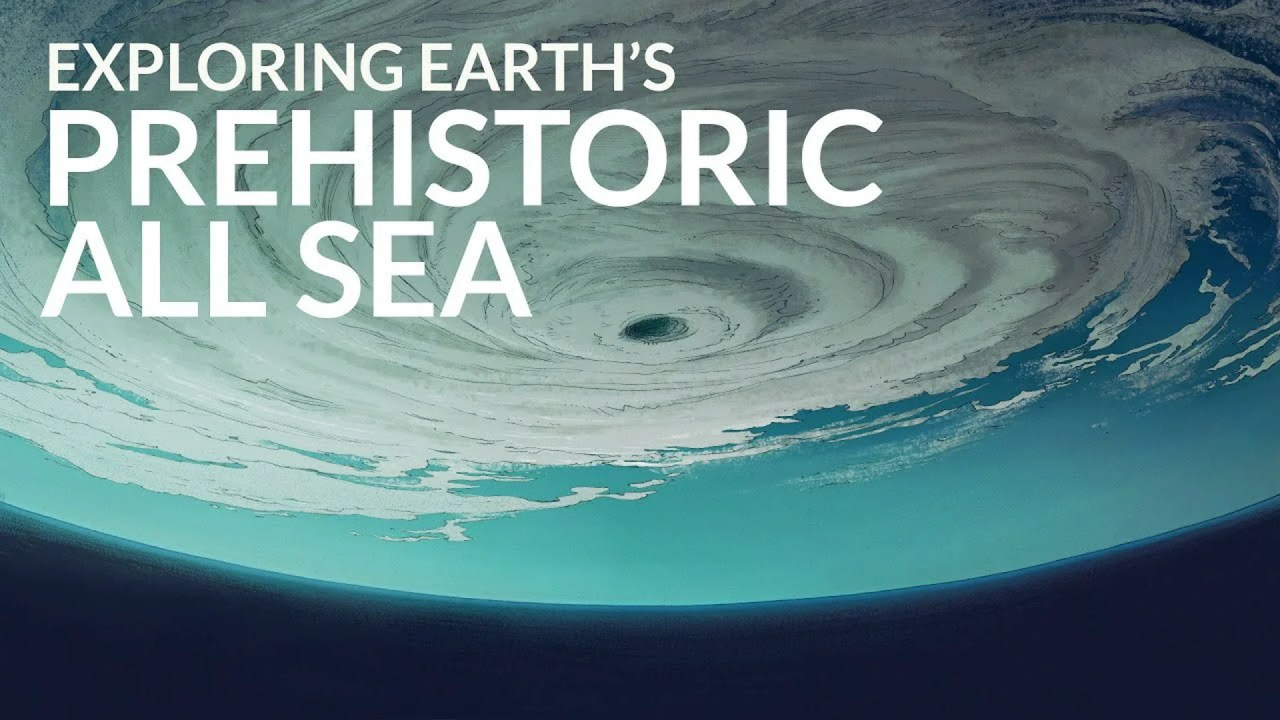The mysteries of our oceans have long captivated the minds of man. For centuries, sailors have been travelling across its vast expanse in search of new landforms and knowledge. But it was only recently that man decided to take a closer look at the oceans and started to study them in more detail. On December 1872, the British Navy ship, the HMS Challenger, set out on an ambitious mission to map and explore all seven interconnected seas and oceans around the world. This journey marked the beginning of oceanography – a field dedicated to understanding how oceans and seas shape our planet.
Thanks to plate tectonics, scientists now know that superoceans and supercontinents such as Nuna, Rodinia and Pangea existed for brief periods during Earth’s history. Tethys was an ancient sea named after the Greek sea goddess while Panthalassa – Greek for ‘all sea’ – was an enormous ocean reaching both poles believed to be twice the size of the Pacific Ocean today. It is speculated that certain storms which began forming in these superoceans had enough power to reshape coastlines due to their massive scope and size.
Today, 95% of our ocean is in complete darkness which makes it difficult for us to explore what lies beneath its surface. We still have much more knowledge about the moon’s surface than we do about our own deep-sea environment even though scientists are always looking for new ways to uncover its secrets with sonar technology, deep-diving vehicles, instruments and robots.
It appears that another supercontinental age might be on its way soon: The Indo-Australian plate is continuously moving towards Eurasia causing Himalayas to rise by two centimeters each year! Will this period see expansive Atlantics? Or will we witness a gigantic Pacific Ocean as large as Panthalassa? Whatever happens, life on such a planet controlled by powerful water conditions will certainly be a challenge!
If you’re interested in learning more about this topic in greater depth then make sure you watch BBC’s documentary series ‘Superocean: Blue Planet Sails Again’. It provides viewers with an insightful overview into Earth’s past superoceans as well as predictions for future continents and seas. With stunning visuals from underwater cameras plus interviews with leading experts from around the globe you won’t want to miss out!



